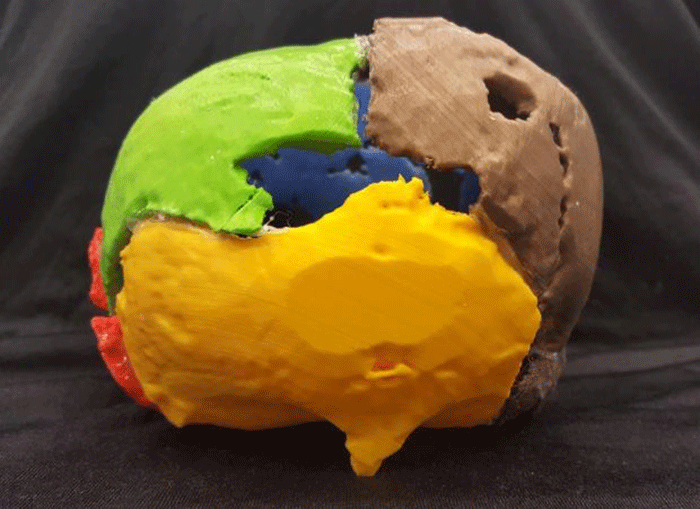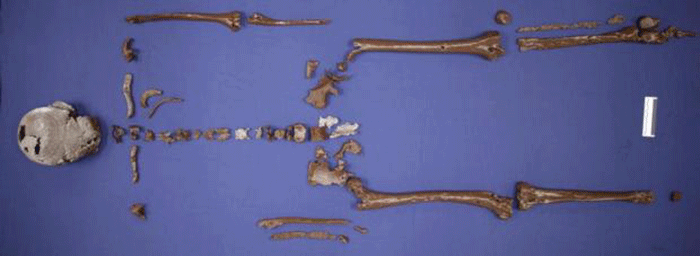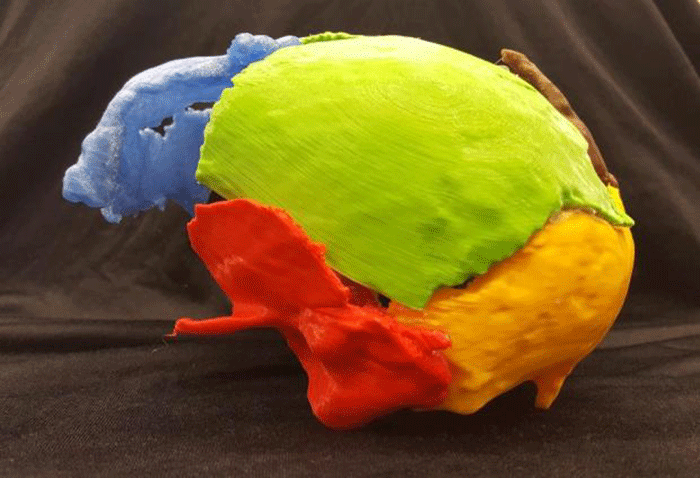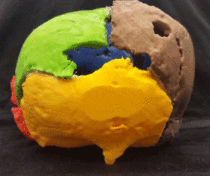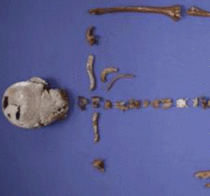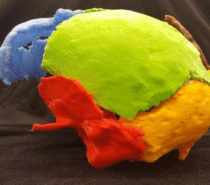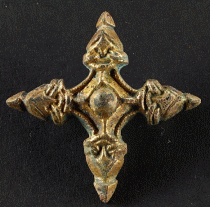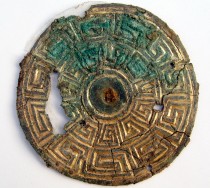The bones from a famous Viking king have been reconstructed and printed in 3D revealing a lump on his neck. Viking Gorm the Old was the first king of Denmark and was also the first to name the country as such. He died in 958CE after reigning for decades. His bones were buried under the church in Jelling. His skeleton was discovered about 40 years ago, it was reburied in 2000 after archaeologists had performed analyses.
Although parts of the skeleton are missing scientists managed to reconstruct the bones with the use of a CT-scan and a 3D printer. They were thus able to trace the pressure damage that occurred after burial, as for instance with the skull that had been flattened after being buried for so many years.
The reconstructed bones were consequently studied and research revealed a rather odd lump on the back of Gorm’s head, a rather unusual feature. This external occipital protuberance, as it is known in medical terms, is encountered when the bone to which the neck muscles attach grows too much. This could have been caused by a sustained load on the muscles and ligaments in the area.
Although similar studies had taken place in the past, resolution was not good enough to draw specific conclusions. Also, the bones were in the grave for centuries, and for a long time underwater too, thus they are badly damaged.
Researchers who collaborated on the project come from the National Museum of Denmark, the Section of Forensic Pathology at the University of Copenhagen, the Department of Biomedicine at Aarhus University. The bones were reburied after the entire process had been completed.
